by David Hinkson
Eighty-five years after the leading light in the global Pan-African movement, Marcus Mosiah Garvey, visited Barbados, his message of forging stronger ties between Africa and its people in the global diaspora remains relevant.
This was the conclusion of lecturer in the Department of History and Philosophy at UWI, Cave Hill Campus, Dr. Rodney Worrell, as he delivered a lecture entitled “Marcus Garvey’s Impact on the Barbadian Landscape, 1919-2019” at the Daphne Jospeh Havkett Theatre on August 17, the 135th anniversary of the Jamaican National Hero’s birth.
Worrell noted that “Garvey wanted to liberate Africa from colonialism, and he advocated repatriation to Africa, something the Rastafarian movement, which was heavily inspired by his teachings, still embraces today, and through his Black Star Line he promoted the idea of trade and
travel to Africa.
Today, evidence of his legacy can be seen in the role that West Indian nations played in the anti-apartheid movement in South Africa, and the Barbados Government’s recent decision to establish embassies in Ghana and Kenya with the aim of creating trade and travel links with African nations.
The date 1919 is significant in that the first Barbados branch of the Universal Negro Improvement Association (UNIA) was established in that year on the corner of Reed Street and Baxter’s Road in Bridgetown. Worrell said that, “Some of its members included John Beckles, Clennel Wickham, J.T.C. Ramsay and Harold Wilson.
There was also a night school at this branch, because at this time children as young as ten years old were still working in the fields and the illiteracy rate was very high. The school was set up initially to take 75 students, but by the second or third night there were 217 students.
The UNIA had a curriculum which was age and gender based, and it also taught life skills, etiquette and the history of the black race.”
Later on, a branch was established at Westbury Road, where Israel Lovell was the Chairman and this eventually became the dominant branch. Subsequently other chapters opened in Speightstown in St. Peter, as well as Crab Hill and Half Moon Fort in St. Lucy.
Worrell said National Hero, the Right Excellent Charles Duncan O’Neal, was also a Garveyite and the Workingmen’s Association he formed was based on Garveyite principles. According to Worrell, “It was hoped that this organisation would grow to the point where workers would be able to build their own sugar factories, and out of this organisation came the Barbados Workers Union Cooperative Company and the Workingmen’s Loans and Friendly Investment Society which operated a store and pharmacy on the corner of Reed Street and Baxter’s Road.
This store carried a sign saying ‘Owned by workers, managed by workers for the benefit of workers’ but unfortunately it closed down after a few years.”
The lecturer stated that Garvey was originally scheduled to visit Barbados in 1928, but the colonial authorities barred him from entering the island. In fact, “The Colonial Secretary for Barbados wrote to his counterpart in Jamaica telling him not to issue Garvey a passport, and Garvey actually wrote to the League of Nations, the predecessor of the United Nations, to protest this move,” Worrell said.
Eventually he did make it to Barbados in 1937, shortly after the labour disturbances in July of that year, and spoke to a large crowd at Queen’s Park. However, by that time the UNIA was in decline worldwide and he was no longer considered a major threat.
Worrell concluded: “As a race we still have a lot of psychological damage and the colonial structures are still in place, but we cannot continue to agonise. Instead, we must organise and continue the struggle if we want to bring about change.”




